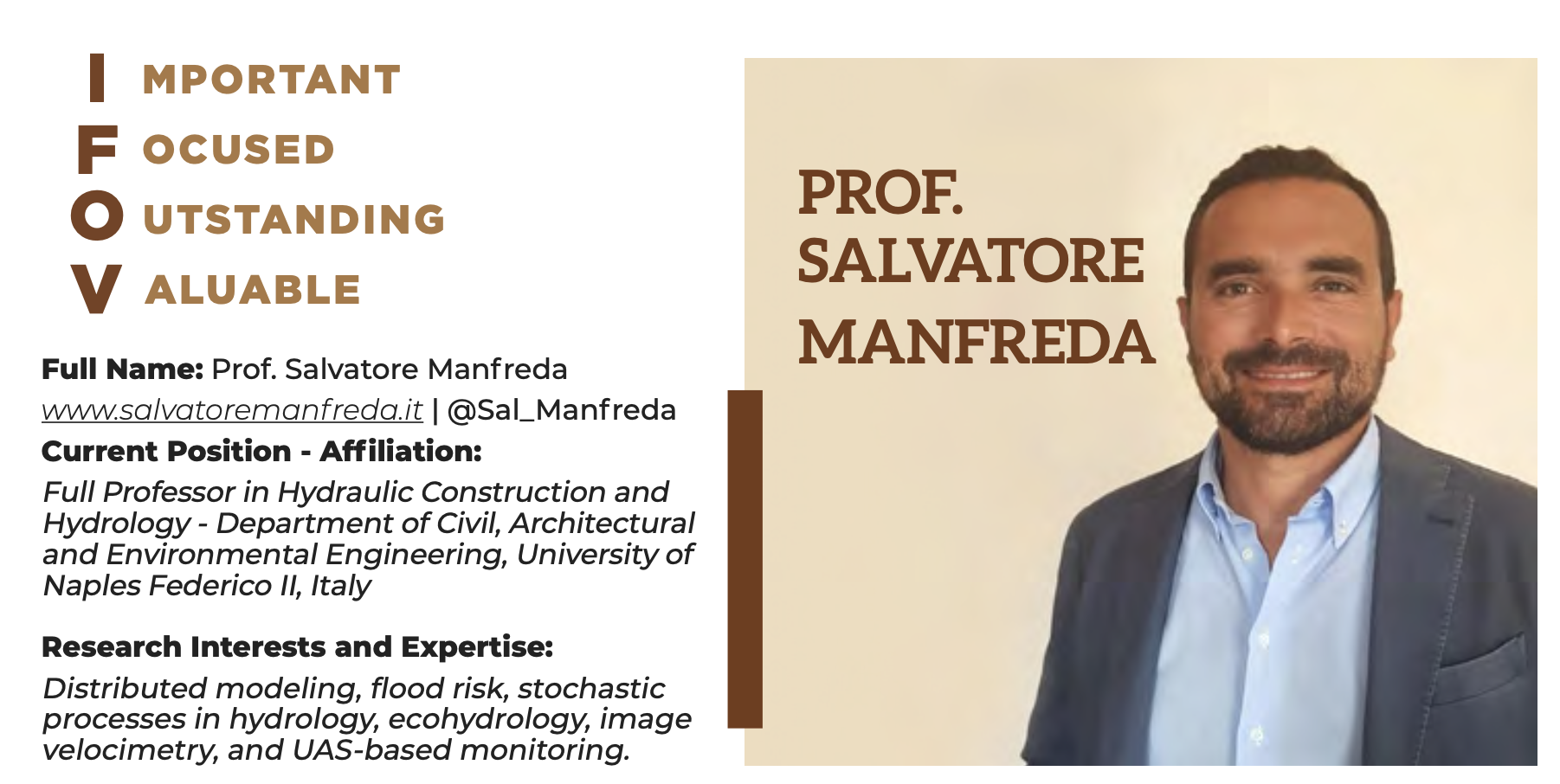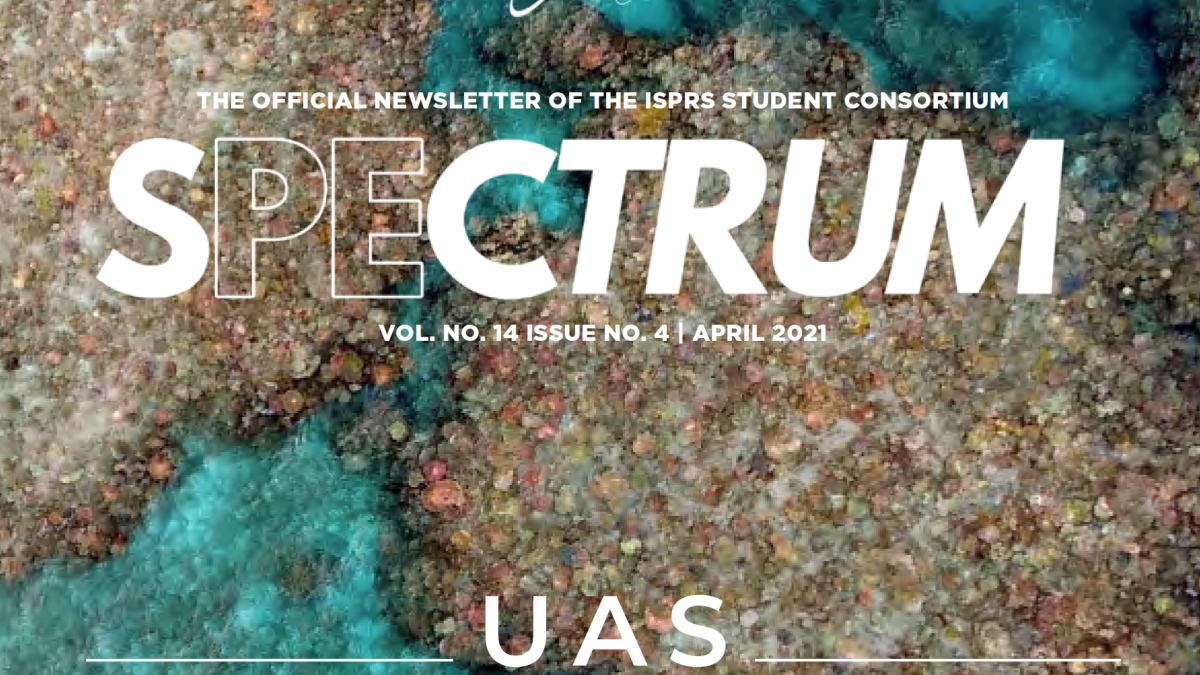http://antarvasnavideos.pro sex videos kinky babe fisting her large pussy. https://bigboobslovers.net/ hungry mom loves throat fucking.

A comparison of tools and techniques for stabilising UAS imagery for surface flow observations
26 February 2021
Increasing LSPIV performances by exploiting the seeding distribution index
10 May 2021The latest newsletter #SpeCtrum by ISPRS Student Consortium (ISPRS-SC) is available on-line:
https://lnkd.in/dS-qend
It includes a series of interviews, including our Chair Prof. Salvatore Manfreda, on the use of #UASs for environmental monitoring.
COST Action – HARMONIOUS #UAV #UAS #drones #remotesensing#environmentalmonitoring

Can you tell us how you started working on using UASs for environmental monitoring? What was your motivation, and what did you find the most interesting in this research field? What are the knowledge gaps and major challenges in this research field?
I have always been interested in spatial patterns of natural ecosystems. Nature is able to create an incredible diversity of elements that have been inspiring for all of us. The driving processes that produce such patterns are open questions stimulating many of my studies. In this context, UAS offers the opportunity to explore such patterns at a level of detail that was unimaginable a few years ago. Therefore, I envisaged the possibility to use this tool to tackle my research questions in the field of hydrological and ecohydrological science.
Can you share with us any current specific project, activity, or initiative that you are particularly excited about?
I’m particularly proud to be the Chair of the COST Action “Harmonization of UAS techniques for agricultural and natural ecosystems monitoring – HARMONIOUS”, which includes more than 100 scientists from 36 countries. The HARMONIOUS Action is one of the biggest Actions funded by COST Organization (https://www.cost.eu) focusing on the development of guidelines for the use of UAS applied for hydrological monitoring. Members of the HARMONIOUS Action are now focusing on the preparation of a book edited by Elsevier providing more detailed guidelines for UAS applications in hydrology, which will be one of the main deliverables of the project.
More details about the project activities can be found on the web-page
What are some of the areas of research you’d like to see tackled over the next ten years?
UAS offers the opportunity of acquiring high-resolution data for monitoring environmental processes, bridging the gap between traditional field studies and satellite remote sensing [An important paper in this context is https://doi.org/10.3390/rs10040641]. Their versatility, adaptability, and flexibility may allow the implementation of new strategies to support the validation of satellite products, which are systematically adopted in a series of operational weather and hydrological models. This may help to develop an integrated global monitoring system of higher accuracy and precision.
Can you share with us your perspectives and experiences on how UAS remote sensing has changed the way the world addresses environmental monitoring and conservation agendas? What do you think is the role of remote sensing and geospatial information science in achieving a sustainable environment?
With the evolution of drone technologies over the last decade, UAS became an inexpensive way of mapping environmental processes for forestry planning, tracking landslides, river monitoring and precision agriculture. Environmental agencies and civil protection are increasingly adopting UAS- photogrammetry, but there are an enormous number of additional information that may be retrieved by UAS (e.g., stream flow, morphological evolution, soil moisture, state of vegetation, among others). It is our responsibility to simplify the use of UASs and make their products accessible to anyone.
What are some of the biggest challenges you face (or have you faced) as a scientist in your field? Are there any common misconceptions about this area of research?
It is common to underestimate the complexity associated with the use of these tools. UAS requires a large number of competencies and knowledge that should be implemented in clear protocols in order to transform the huge amount of data acquired to useful information. Therefore, one challenge is represented by the standardization of procedures adopted for UAS surveys in different operating configurations and environmental conditions. In this context, the members of the HARMONIOUS COST Action have published some preliminary studies to support this process [see the manuscript].
Finally, what are you most passionate about? What is your advice to students and young professionals who are pursuing research on UAS remote sensing and environmental protection, and nature conservation? Which areas in this research field remain understudied and should be considered for future research?
I believe that UAS remote sensing will evolve in the coming years, offering new monitoring opportunities. One of the main limitations that we are encountering right now in the description of hydrological processes is represented by the limited extent of UAS imagery. There is a pressing need to extend the limits of surveyed areas in order to have intercomparison between UAS and satellite data. This may help to define downscaling procedures for the estimation of environmental variables at high resolution and over large scales. This will be possible with the use of long range UAS or with swarms of drones which will be fundamental for future advances in remote sensing.
website
big black teen apparel theft.http://desivideos4k.com/ cassandra nix and eva karera threesome.





